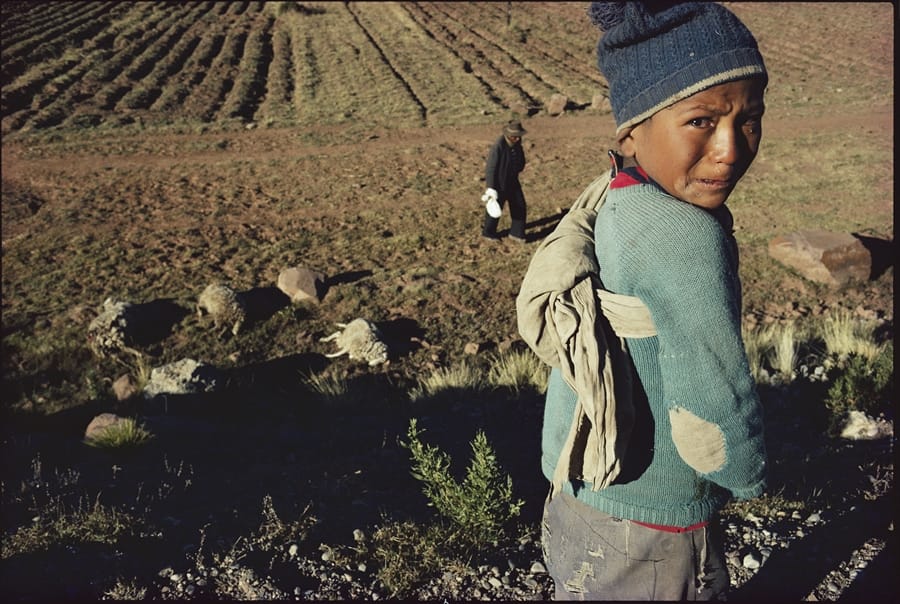This is a guest post by Matt Sharp, President of Giving What We Can: York.
Does aid work? Some authors argue yes, and we should give more. Others argue that it has been ineffective, or even hindered development of poor countries. Firmly in the ‘pro-aid’ camp are those involved in the ‘IF’ campaign, who made this wonderful Monty Python-inspired video extolling the virtues of aid:
Unfortunately, it’s not clear what the sources are for the claims that they make. So I decided to do my own investigation into the achievements of aid and charity, specifically looking at the impact in the area of global health.
ERADICATION, AND NEAR ERADICATION OF DISEASES
Aid has helped eliminate, or nearly eliminate, a number of diseases.
Eradication of smallpox
Smallpox used to kill millions of people every year. In the 1960s a plan was announced to provide sufficient vaccinations to completely eliminate the virus within a decade. It was successful; the last case of smallpox was in 1977. About a third of the funding was provided by ‘international assistance’.
Near eradication of polio
Infection by poliovirus lead to the paralysis of tens of thousands of people each year in the early-mid 20th century. In 1988 the World Health Organisation (WHO) resolved to eradicate polio worldwide. That year, there were an estimated 350,000 cases globally. By 2012 this had fallen to just a few hundred cases. The WHO is funded by governments of the United Nations. Members of the organisation Rotary International have also raised and donated huge sums (over $1bn) to help fund provision of the polio vaccine.
Near eradication of guinea-worm disease
Guinea-worm disease is caused by a parasitic worm caught by drinking contaminated water. Symptoms include “intense pain…fever, nausea, and vomiting.“
Unlike polio and smallpox, there is no vaccine. But the Carter Center, an NGO established by former US President Jimmy Carter, has helped almost completely eradicate it, working alongside the WHO, UNICEF and other groups to prevent contamination and infection. The number of people afflicted fell from 3.5 million in 1986 to just 542 in 2012.
Near eradication of River Blindness (onchocerciasis) in West Africa
The OCP, a 30-year program lead by WHO and United Nations Development Program, ended in 2002 “after virtually stopping the transmission of the disease” in the 11 West African countries covered by the program. This “reopened to farming 60 million acres of land once abandoned to the disease, and protected the sight of an estimated 30 million people at risk for blindness”.
A new program, the APOC, is now seeking to control and then eliminate it from the remaining endemic Africa countries over the next two decades. It is funded by a number of countries and organizations, including the British and US governments, and pharmaceutical company Merck & Co.
BIG IMPROVEMENTS, BUT STILL A LONG WAY TO GO
Vaccine against pneumonia
Pneumonia is a leading cause of childhood mortality, killing 18% of the 6.9 million under-5s that died in 2011. The type-b strain of the Haemophilus influenzae bacteria (Hib) is one of the main causes of such pneumonia, along with Streptococcus pneumoniae, which it interacts with.
In the 1990s, only one low-income country offered the vaccine to Hib. GAVI, a partnership that promotes vaccinations, then campaigned and presented strong evidence as to the benefits of the vaccine. Governments responded: “By 2011, nearly all GAVI-eligible countries had introduced Hib vaccines with GAVI support, immunising a cumulative 124 million children and preventing an estimated 697,000 future deaths.”
Big decline in deaths and suffering from malaria
Malaria causes illness in hundreds of millions of people each year, and kills thousands (mostly children) every day. But since 2000, these numbers have fallen by 25% globally, and 33% in Sub-Saharan Africa. Much of this is because of the mass-distribution and use of insecticide-treated bednets, which charity-evaluator GiveWell describe as “among the most cost-effective ways to save lives”. These bednets have primarily been funded by the governments of wealthy nations via The Global Fund. The UK’s Department for International Development, for example, has funded tens of millions of nets.
Private donations have also helped buy bednets. Bill Gates is a notable contributor to the Global Fund. For those of us who aren’t billionaires, the Against Malaria Foundation is a highly recommended charity that spends all of its donations on bednets. So far, over 475,000 people have donated more than $18m to buy more than 5 million nets, showing that everyone can make an important contribution. The Life You Can Save, GiveWell and Giving What We Can currently rate the AMF as the top charity to support for private donors; this means their work has demonstrated very high cost-effectiveness and high transparency/accountability. You can donate to them here.
Measles vaccination success
In 2011 around 158 000 people, many of them children, died of measles. But the World Health Organisation reports that, because of vaccination, there has been a 71% global decline of measles since 2000. This vaccination campaign has been supported by the WHO, UNICEF, the American Red Cross, and the United States Centers for Disease Control and Prevention.
Reduction in burden of schistosomiasis (and other parasitic worms)
Schistosomiasis is a parasitic worm estimated to kill up to 280,000 people due to organ damage, though it probably kills closer to 40,000. It also contributes to malnutrition and causes pain, fever and anaemia. Schistosomiasis is still widespread, infecting several hundred million people globally. But there is a cheap and effective treatment, and given the success of reducing the burden of other parasites such as guinea-worm disease (see above), it is plausible that the coming decades will see a large decline and perhaps eradication of schistosomiasis and other tropical parasitic worms.
Deworming drugs cost around half a dollar (~£0.30) per person treated, according to GiveWell. Studies in Burkina Faso, Niger, Uganda, and Burundi by the Schistosomiasis Control Initiative (SCI) report significant declines in parasite prevalence and intensity after treatment with these drugs. There is also evidence from Kenya that deworming is by far the most cost-effective way to increase primary school attendance. In Rwanda, recent reports state that the prevalence of schistosomiasis infection has fallen by over 80%.
The Schistosomiasis Control Initiative, run from Imperial College London, has received significant funds from the Gates Foundation, as well as the US and UK governments. But private donations have also made important contributions. And for good reason; the SCI is another highly-recommended charity according to GiveWell, The Life You Can Save and Giving What We Can, demonstrating its cost-effectiveness, commitment to transparency, and ability to properly use any additional funds it receives. You can donate to the SCI here.
CONCLUSION
The above list is not comprehensive, but it should give some idea of just how much good has been done in the area of health.
This does not by itself demonstrate that aid is always a good thing. There have no doubt been cases where aid has exacerbated corruption within poor countries, and perhaps even lead to instability by providing perverse incentives for rebels to seek power. Yet overall, the argument that should surely be made is not that aid should never be provided, but rather that it should only be provided where we have evidence and good reason to believe that it will help, which is often the case in global health.



